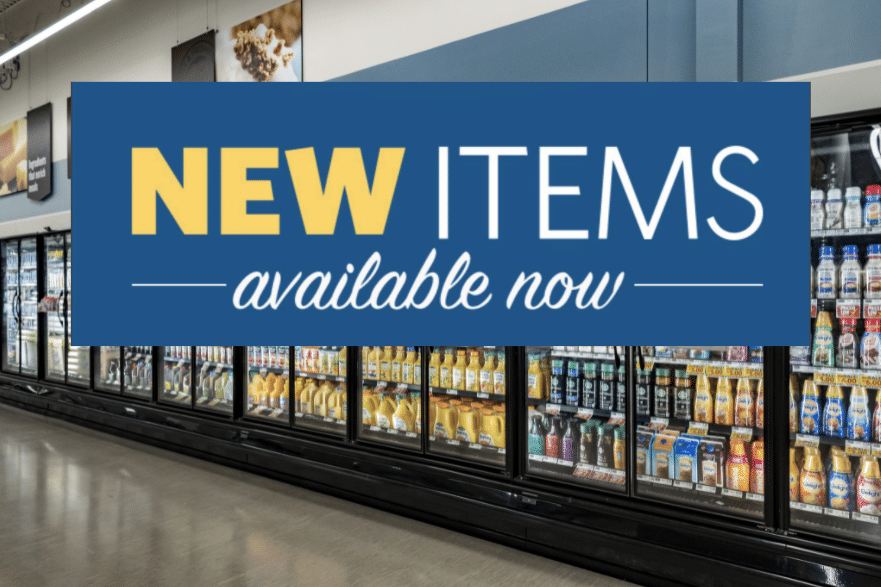
Smart shoppers know to look for coupons when a new product is introduced. But what happens after the coupons expire and the product is only sold at full price? If you like it, better grab it – because chances are your store is more likely to stop carrying the product altogether than to mark it down any time soon.
That’s what the authors of a research study suggest, in examining the factors that impact retailers’ impatience when it comes to deciding whether a new product is going to make it.
“Price Frictions and the Success of New Products” appears in a recent edition of the journal Marketing Science. In it, the authors say the price you see on the shelf for a new product is probably the price you’re going to pay – because retailers are unlikely to adjust the price if it doesn’t sell and more likely to just discontinue it.
The study examines what it calls “price frictions,” which make it “more difficult and sometimes less cost-effective to lower prices.” So when pricing a new product, retailers often give themselves one chance to get it right – if shoppers decide it costs too much, the product likely won’t last for long.
“Our research has found that larger price frictions often lead a retailer to discontinue a poor-performing item before changing its price,” study co-author Diego Aparicio, of IESE Business School in Barcelona, Spain, said in a statement.
It may sound counterintuitive – if shoppers perceive a price as being too high, why not try lowering the price a bit and seeing if that helps? Instead, the researchers have determined that most retailers won’t bother.
Some reasons seem obvious. Few retailers these days stick price tags on every individual item anymore, ever since Massachusetts relaxed its item-pricing law a decade ago. But several states did during the period of time that data was collected for the researchers’ study. And they determined that having to change all of the price tags to reflect a new, lower price wasn’t worth the trouble for most retailers, who instead simply stopped carrying the product.
Other reasons are a little more complicated. The willingness of a retailer to lower a new product’s price can depend on whether the retailer ever adjusts prices for similar products. If the new product is, say, a new type of cereal, where prices tend to fluctuate, a retailer would be more likely to make a change to the new product’s price. If the new product is in a section of the store where prices are more stable, the price you see for the new product is likely the take-it-or-leave-it price.
And, “surprisingly, 99-cent endings are a price friction that make it harder for new products to succeed,” Aparicio explained. “Retailers like to retain 99-cent price endings. And if a new product has low initial sales, retailers prefer not to touch a 99-cent price instead of triggering a promotion, and as a result, the product is more likely to be discontinued.”
Earlier research has shown that a price ending in 99 cents is often considered the optimum price. A $3 item can be perceived as much more expensive than a $2.99 item – but a $2.99 item does not necessarily seem much more expensive than a $2 item. So if a new item’s price already ends in 99 cents, a retailer might have to lower it by a full dollar for the new lower price to have any impact. The researchers’ findings indicate that the retailer is more likely to throw in the towel and quit selling the product altogether.
So you’re likely to continue seeing coupons for new products, because brands want you to give them a try. After that, though, they’d prefer you to pay full price. And retailers would prefer not to change that price. So if you like a new product but it always seems to be fully-stocked as though no one is buying it – you’d better buy it while you can instead of waiting for a reduced price. A savvy shopper never wants to pay full price. But in the case of a new product that no one else seems to want – your only other choice may be to wait til it ends up in the clearance bin.
Image source: Food Lion











Even when you use a coupon for an item, you are paying full price, because coupons are cashed by every store, and they receive 9-25 cents on top of the coupon amount in cash.
Even when you use a coupon for an item, you are paying full price, because coupons are cashed by every store, and they receive 9-25 cents on top of the coupon amount in cash.